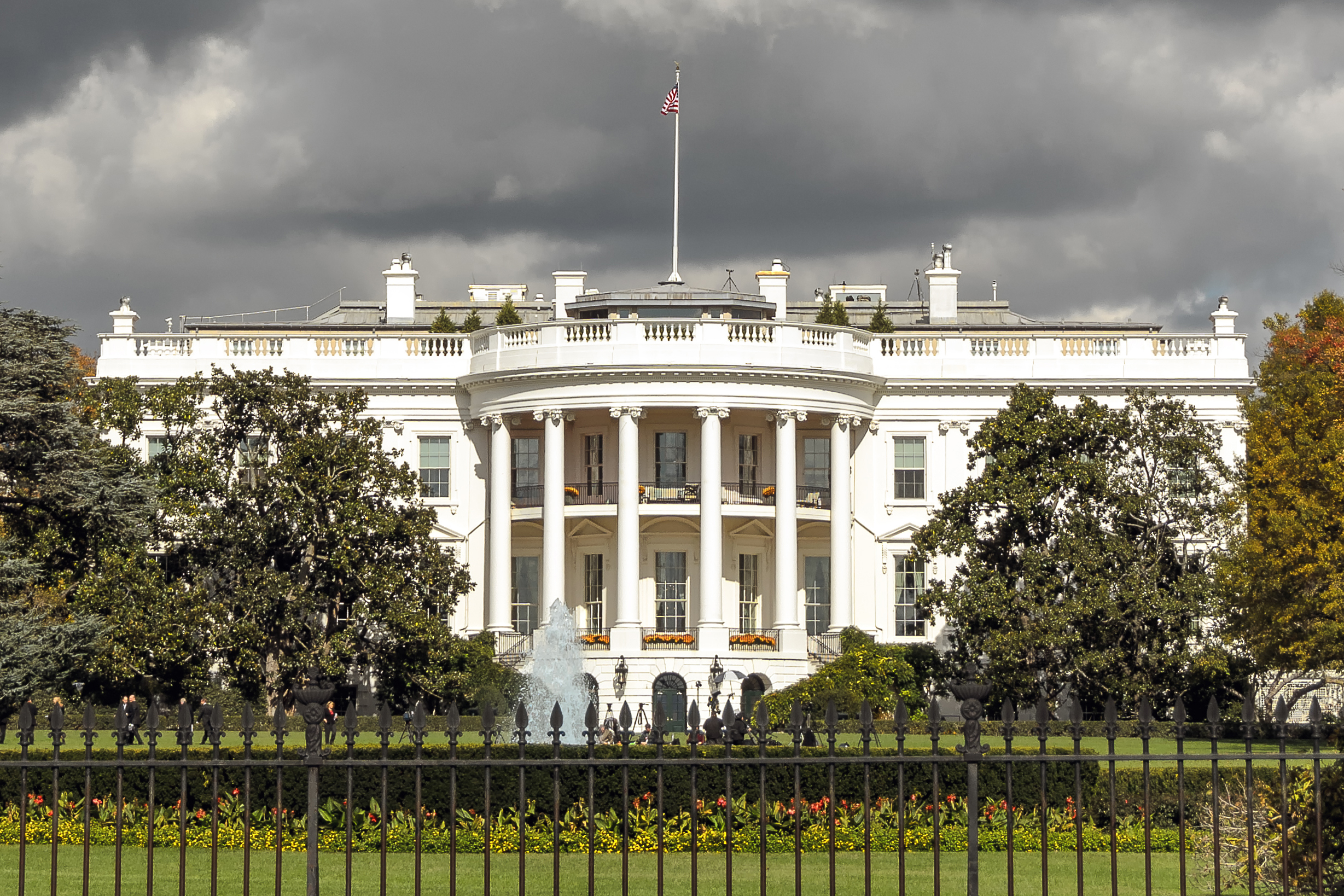Midterm Results Show Erosion in Communities Crucial to Trump, GOP
The midterm elections are (mostly) in the rearview mirror, but the results offer clues about the state of what could be 2020’s most important turf: the Industrial Midwest. And the vote out of key communities in Michigan, Pennsylvania and Wisconsin shows some areas of concern for Republicans.
President Donald Trump captured those states in 2016. But in 2018, all of them reelected Democratic senators, comfortably, and the Middle Suburbs and Exurbs show some notable shifts in their vote. A close look at those communities in Michigan, Pennsylvania and Wisconsin is particularly revealing.
The Middle Suburbs — Where the Trump Vote Weakened in the Midterms
As we’ve noted on this site before, Trump’s 2016 win really came by way of the blue-collar Middle Suburbs in the Great Lakes region. He flipped a series of those counties in Michigan, Pennsylvania and Wisconsin on his way to winning those states.
Overall, in 2016, Trump won the Middle Suburb vote in Michigan, Pennsylvania and Wisconsin by 13 points – 54% to 41%.
But the results of the Senate races on November 6 suggest a different terrain in place. The Republican Senate candidates in those states eked out only a two-point win in the Middle Suburb counties.
You can see the change from 2016 to 2018 in the county-level results.
In Michigan, Sen. Debbie Stabenow flipped Macomb and Saginaw counties, blue-collar bastions running north from Detroit on I-75. The vote out of Macomb was especially striking because Trump had won it by nearly 12 points in 2016.
Pennsylvania’s Berks and Lehigh counties did the same sort of flip. Trump had won Lehigh by four points in 2016. Democratic Sen. Bob Casey won it by more than 16 points this year.
In Wisconsin, Democratic Sen. Tammy Baldwin won Racine and Kenosha counties, two blue-collar suburbs south of Milwaukee. Trump had carried both, narrowly, in 2016.
The vote in these places is noteworthy because the Middle Suburbs have a big footprint in the northern Midwest states, as you can see on the map below. These are socially conservative communities that hold a lot of votes.
The shift in the Middle Suburb vote in these three statewide races suggests that, at the very least, the Trump base was not a reliable Republican base in 2018. It may also indicate that these voters are not particularly enthused with the Trump presidency, at least at the moment. These communities bear watching closely in the months ahead.
The Exurbs — Where the GOP Establishment Looks Less Solid
The Exurbs are, in many ways, the flipside of the Middle Suburbs. Home to the GOP’s educated establishment, they have been reliably Republican for decades, but in general, voters in these places have been more skeptical of Trump as a candidate and as president.
Even with those concerns, however, in 2016, the Exurbs in Michigan, Pennsylvania and Wisconsin still supported the president by a solid 7 percentage points.
The November 6 results, however, showed a very sharp shift. In these states’ U.S. Senate races, the Exurban vote went to the Democrats by a remarkable 13 points.
That’s an enormous change and much of it came from Pennsylvania, where a few densely populated Exurbs around Philadelphia went heavily for the Democrat, Senator Casey.
Casey won Chester by 20 points and Bucks by 14 points — and he did that against Republican Rep. Lou Barletta, a candidate who made Trump-like appeals to voters, particularly on immigration. Both Chester and Bucks saw their partisan vote shift substantially since 2016. In the presidential race, both counties voted for Hillary Clinton, but by much less — 9 points in Chester and about 1 point in Bucks.
In Wisconsin, the Exurbs held closer to their Republican roots, even as the Democrat, Senator Baldwin, won reelection. In Wisconsin, the Exurbs all voted for the GOP’s Leah Vukmir, but in each of the four counties, they did so by smaller margins. The drops were most noticeable in Walworth County (Vukmir won by 10 points, but Trump had won by 20 points) and in St. Croix County (Vukmir won by 6 points, but Trump won by 19).
A broader GOP slippage in the vote could be seen in other Exurbs as well — from Texas to Ohio — and the spread of those 222 counties around the country is a note of concern for Republicans.
Of course, many other factors were at play in 2018 in these three states and around the country. And most analysts believed the Democrats had the better candidates in Michigan, Pennsylvania and Wisconsin.
But the vote out of the Exurbs, places that have traditionally had a very strong Republican Party lean even when Republican candidates lose, could be a warning sign for the GOP. The 2018 House results and exit polls made clear that the GOP is having a problem with college-educated voters — the kind of voters who live in the Exurbs.
In 2016, Trump won Michigan, Pennsylvania and Wisconsin by fewer than 80,000 votes in total. Any change that eats into his margins in those states is a problem for his reelection prospects.
